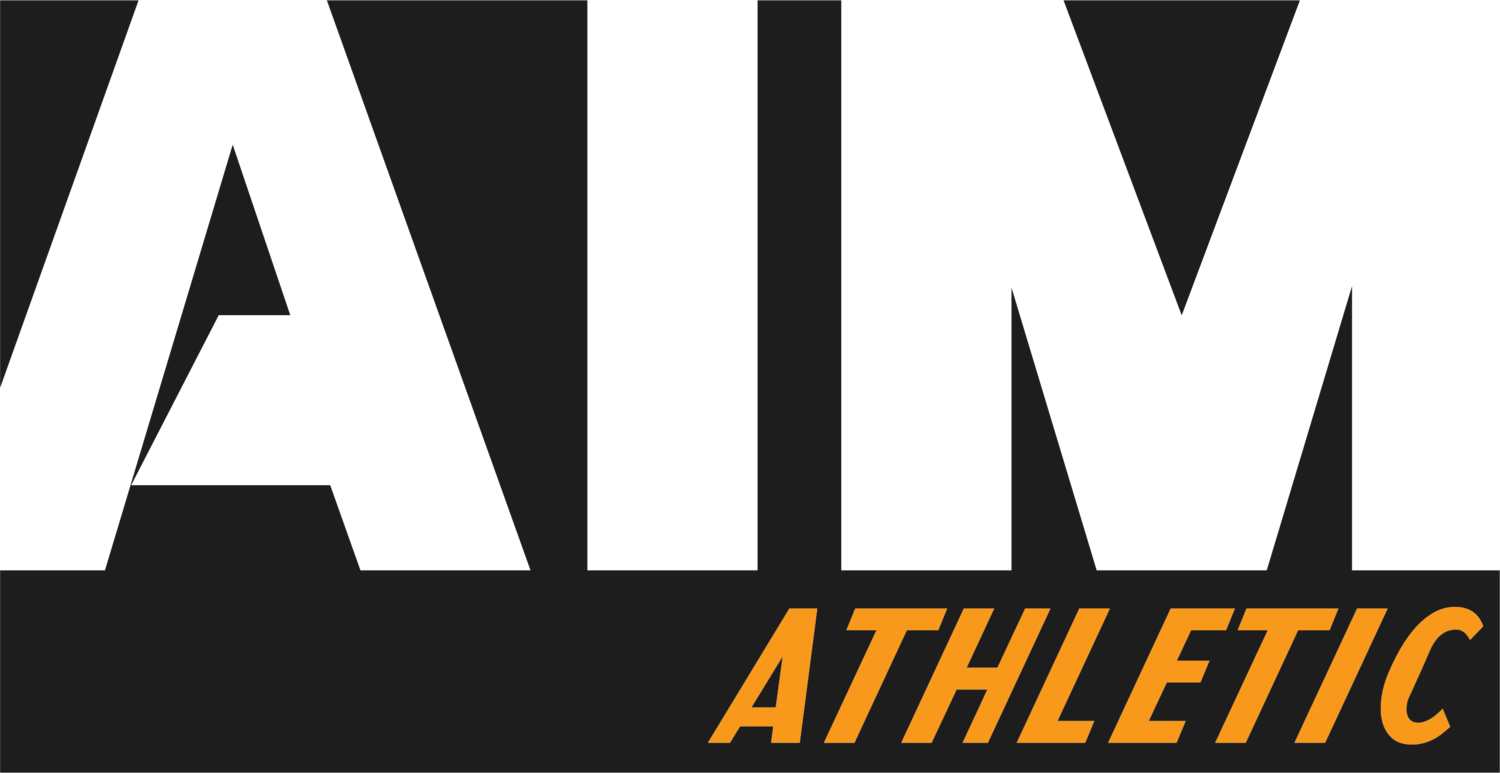Glute Training 101: Exercise programming and the best exercises for growth.
Why might someone want to strengthen their glutes?
The glutes are one of the biggest and strongest muscles in the body and as such allow us to carry out a multitude of actions from locomotion, to lifting objects, to supporting upright posture and avoiding injuries. Furthermore, strong, developed glutes are highly desired by many individuals aesthetically, and positively impact nearly all aspects of human function. When glutes become deconditioned, and weak, other muscles begin to take over and become tight, and overworked, resulting in poor posture, knee injuries, and chronic pain in the lower back.
Why sitting all day, especially with poor posture, leads to weakened glutes?
When we sit for extended periods of time, the body begins to adapt to the slouched, "C-shaped", position it is placed in. This is characterised by the muscles of the front side of the body, namely those of the anterior shoulders, pecs, and hips all adopting a shortened orientation. Meanwhile those muscles located on the backside of the body, including the glutes, and those of the upper back essentially "turn off" and adopt a lengthened position. With the glutes essentially inactive while sitting, they are unable to act as the linchpin between the legs and pelvis, forcing the muscles of the trunk to take over stabilizing the spine. Eventually, your trunk muscles will become exhausted, and your abs will relax as well, allowing the entire postural system to fail.
What is the best overall exercise for building muscle in your glutes?
In my point of view, the squat is the premier exercise for training the glutes, specifically more upright squats, where the hips are displaced vertically all the way to the ground (ass to grass). A deep squat will allow the exerciser to target the glute muscle fibres in both the stretched and shortened positions. Recent research suggests that the most important range of motion for building muscle is from the stretched to middle position of muscle contraction, and muscle cross sectional area, or the size of the muscle fibres, are the primary determinant of strength.
What about the deadlift? Why isn’t it ideal for building the glutes?
Although I agree that the deadlift is a great exercise for increasing the strength of the posterior chain, including the glutes, I do not think it is the optimal exercise for glute strengthening. Firstly, because the deadlift pattern does not allow the glutes to fully achieve a stretched position, and really only targets the glutes in a shortened position, the least effective portion of the movement for hypertrophy. Instead, I believe that hinging movements, where the hips displace horizontally, are much more effective at training the hamstrings.
Many people think the hip thrust is the idea glute training exercise, is this true? Why or why not?
While many experts will argue that hip thrusts, or glute bridges, are the ideal exercise for building strong and developed glutes, I would argue that there are better options. The main problem with both glute bridges, and hip thrusts, is that the floor does not allow the lifter to achieve a full stretch of the glute fibres. There is potential for making the glute bridge/hip thrust better though, by elevating your feet, a feature available on most commercially produced hip thrusting machines. What I do like about hip thrusts though is the relative ease of the motion, and lower amount of stress placed on the lumbar spine during movement, making them a good hip hinging option for newer lifters.
What are the benefits of incorporating lunges into your routine? Does it matter if it’s forward, backward, or walking lunges?
The primary benefit of the lunge is that it trains the legs in an unilateral stance that is more specific to human locomotion, and can help to correct strength imbalances between legs. One interesting aspect about the lunge is that the target musculature can easily be shifted from the quadriceps to the glutes and hamstrings, simply by changing the angle of the front shin while doing the movement. A positive, or forward shin angle will primarily target the quadriceps, while a vertical shin angle will target the glutes and hamstrings more directly. I find that it's easier to maintain a vertical shin angle and target the glutes with a reverse lunge than it is with a forward lunge. Furthermore, if the reverse lunge will place less shearing force on the knee for newer, or injured exercisers.
What are some other exercises that should be included in your program if you want to build strong, aesthetically pleasing glutes?
Keeping in mind that it is necessary to take muscle fibres into a fully stretched position to build and strengthen the glutes effectively, one of the best exercises for glute training is the box step up. If the box is tall enough, and a vertical shin can be maintained on the working leg, the glute fibres will be sufficiently lengthened optimally for hypertrophy.
While the step up and deep squat exercises are great for building the gluteus maximus muscle fibres responsible for human locomotion, exercises that target the gluteus medius muscle fibres that provide lateral stability to the pelvis cannot be overlooked. My favorite exercise for the gluteus medius is the single leg squat. When doing a single leg squat, the exerciser must activate the gluteus medius to maintain and control the pelvis in the frontal plane. A strong glute medius will contribute to balance, and avoid injuries, especially those involving the commonly occurring at SI joint.
You’ve got the info, now its time to take AIM!
